Buy GHK Basic 85mg
$40.00
GHK Basic 85mg is a high-purity, research-grade tripeptide (glycine-histidine-lysine) supplied in lyophilized form. Unlike GHK-Cu, this non-copper-bound version allows researchers to investigate the peptide’s core regenerative, anti-inflammatory, and gene-modulating properties without metal ion influence. Ideal for advanced skin biology, wound healing, and anti-aging studies. For research use only.
GHK Basic 85mg is a high-quality, synthetic tripeptide composed of glycine, histidine, and lysine—commonly known in scientific literature as GHK (without the copper ion). This non-copper-bound version offers researchers a controlled environment to study the peptide’s intrinsic properties independent of metal ion influence, making it valuable in skin regeneration, wound healing, anti-aging, and cellular repair investigations.
Key Features:
- High Potency: Each vial contains 85mg of pure, lyophilized GHK Basic peptide.
- Non-Cu Bound: Designed for studies focusing on GHK without copper interactions.
- Research-Grade Purity: Manufactured under strict GMP conditions, suitable for scientific and laboratory research.
- Stable & Soluble: Easy to reconstitute and store, ensuring consistency in experimental setups.
What Is GHK Basic?
GHK (glycyl-L-histidyl-L-lysine) is a naturally occurring peptide found in human plasma and tissues, with concentration levels declining as part of the aging process. While GHK-Cu (copper-bound GHK) has gained popularity for its role in wound healing and cosmetic applications, GHK Basic provides a unique opportunity to explore the core biological activity of the peptide without copper’s influence. Researchers use it to study gene modulation, skin cell behavior, fibroblast stimulation, and inflammation regulation.
Potential Research Applications:
- Skin & Hair Regeneration
Investigating GHK’s effect on keratinocyte and fibroblast activity in dermal repair. - Anti-Aging Pathways
Studying its influence on collagen synthesis, antioxidant responses, and MMP regulation. - Wound Healing Models
Assessing the peptide’s impact on tissue repair, angiogenesis, and inflammation. - Peptide Interaction Studies
Comparing GHK Basic with GHK-Cu to understand the role of metal ions in bioactivity.
Storage & Handling Instructions:
- Store the lyophilized peptide at -20°C for long-term preservation.
- Reconstituted peptide should be used within 30 days if stored at 4°C.
- Use sterile bacteriostatic water or research-grade saline for reconstitution.
Important Note:
Here’s a detailed, research-focused description of GHK-Cu Peptide:
GHK-Cu Peptide
GHK-Cu (Glycyl-L-histidyl-L-lysine-Cu²⁺) is a naturally occurring copper-binding tripeptide with significant biological roles in wound healing, tissue remodeling, anti-inflammatory signaling, and skin regeneration. Originally isolated from human plasma, GHK-Cu levels decline with age—making it a key target in studies on aging, cellular repair, and cosmetic dermatology.
Key Characteristics:
- Peptide Formula: GHK bound to copper (GHK-Cu²⁺)
- Molecular Weight: ~403.9 g/mol
- High Bioavailability: Facilitates copper delivery into cells and supports enzymatic activities
- Biological Relevance: Mimics natural repair pathways active in youthful physiology
How GHK-Cu Works:
GHK binds copper ions and acts as a signal peptide, triggering beneficial cellular responses. This copper-peptide complex promotes the expression of genes linked to skin repair, collagen synthesis, and antioxidant defense. In research settings, GHK-Cu has been shown to:
- Stimulate fibroblast proliferation and increase collagen/elastin production
- Enhance wound contraction and angiogenesis
- Reduce inflammation and oxidative damage
- Improve hair follicle health and skin thickness
- Modulate gene expression (upregulating ~70% of human genes associated with regeneration)
How to Use GHK Cu Peptide
GHK-Cu peptide is a copper-bound tripeptide commonly studied in lab models for its regenerative, anti-inflammatory, and tissue-repair properties. The following guide outlines how researchers typically prepare and apply this peptide for in vitro, ex vivo, or preclinical studies.
Step 1: Reconstitution
GHK-Cu is usually supplied as a lyophilized (freeze-dried) powder in a sealed vial.
Materials Needed:
- GHK-Cu peptide vial
- Sterile bacteriostatic water or sterile saline
- Sterile syringe
- Alcohol prep pads
Instructions:
- Wipe the vial’s rubber stopper with an alcohol pad.
- Use a sterile syringe to slowly add 1–2 mL of bacteriostatic water into the vial.
- Gently swirl (do not shake) until the powder is fully dissolved.
- Inspect the solution—should be clear or slightly bluish (due to copper).
Step 2: Dosage for Research
There is no universal dosage, as this depends on the research model and study objective. However, common lab practices use:
- In vitro cellular models: Concentrations between 1–10 µM
- Topical studies (ex vivo skin models): ~200–500 µg per application
- In vivo animal models: 0.1–1 mg/kg, depending on study design
Step 3: Application Methods (Research Settings)
1. Topical (for skin models or dermal application)
- Apply diluted GHK-Cu solution directly to the tissue surface.
- Often combined with penetration enhancers (e.g. microneedles or iontophoresis in models).
2. Intradermal/Subcutaneous (animal studies only)
- Inject small volumes (e.g., 0.1–0.2 mL) at the desired site.
- Used in studies of wound healing or localized anti-inflammatory action.
3. Cell Culture Supplementation
- Add directly to cell culture media to assess gene modulation, growth, or repair.
Storage After Reconstitution
- Store reconstituted peptide at 4°C (refrigerator) for short-term use (up to 30 days).
- For longer storage, aliquot and freeze at -20°C to avoid repeated thaw cycles.
- Discard if the solution becomes cloudy or discolored.
Handling Precautions:
- Use sterile equipment to prevent contamination.
- Wear gloves and lab gear during handling.
- Follow institutional biosafety protocols.
Disclaimer:
GHK-Cu peptide is not a drug or cosmetic, and must not be used on humans outside of approved clinical trials. Misuse can result in regulatory violations or harm. This guide is provided solely for scientific information in controlled research environments.
FAQ – GHK Basic 85mg
What is GHK Basic 85mg?
GHK Basic 85mg is a high-purity, synthetic tripeptide consisting of glycine, histidine, and lysine (GHK), supplied in a lyophilized form for laboratory research. It is the non-copper-bound version of GHK, making it ideal for studies focusing on the peptide’s core biological effects without the influence of copper ions.
What’s the difference between GHK Basic and GHK-Cu?
GHK Basic is the unbound peptide, while GHK-Cu is the copper-bound form. GHK-Cu has documented regenerative effects involving copper-mediated pathways, while GHK Basic allows researchers to isolate and study the peptide’s inherent properties. Both are valuable in different experimental contexts.
What are the research uses of GHK Basic 85mg?
GHK Basic is studied for its roles in:
-
Collagen and ECM (extracellular matrix) synthesis
-
Anti-inflammatory and antioxidant activity
-
Fibroblast and keratinocyte stimulation
-
Skin repair, wound healing, and tissue remodeling
-
Gene expression regulation related to aging and regeneration
How is GHK Basic 85mg reconstituted?
Reconstitute the lyophilized powder with sterile bacteriostatic water or 0.9% saline. Add 1–2mL, swirl gently until dissolved, and avoid shaking to preserve peptide integrity. Store the solution in a sterile vial, refrigerated between 2°C and 8°C.
How should GHK Basic be stored?
-
Before reconstitution: Store the dry powder at -20°C in a dark, dry place.
-
After reconstitution: Keep refrigerated (2–8°C) and use within 30 days. For long-term use, aliquot and freeze at -20°C to avoid repeated thawing.
Is GHK Basic 85mg safe for human use or cosmetic application?
No. GHK Basic 85mg is strictly intended for in vitro, ex vivo, or preclinical animal research only. It is not approved for human use, ingestion, injection, or topical cosmetic application outside of clinical studies.
What kind of purity can be expected from GHK Basic 85mg?
Most reputable suppliers offer GHK Basic at >98% purity, verified through HPLC and mass spectrometry, suitable for laboratory-grade research.
Does GHK Basic require copper to be biologically active?
Some biological effects of GHK are enhanced by copper binding (GHK-Cu), such as in wound healing or angiogenesis. However, GHK on its own still exhibits significant bioactivity, including gene modulation and anti-inflammatory effects, making it an important standalone molecule for research.
Be the first to review “Buy GHK Basic 85mg” Cancel reply
Related products
Peptide
Peptide
Peptide
Peptide
Peptide
Peptide
Peptide
Peptide
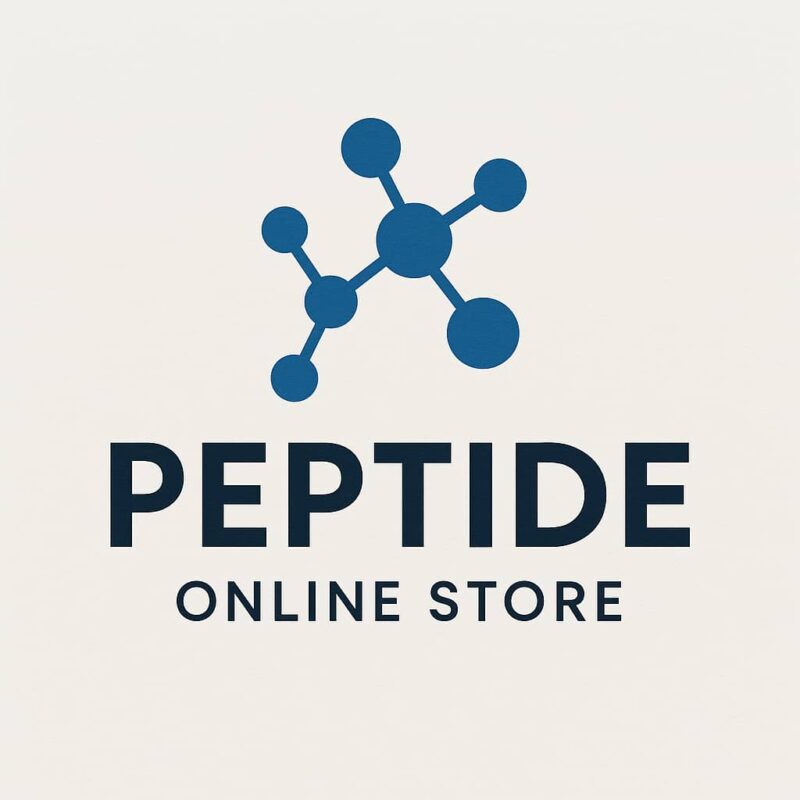
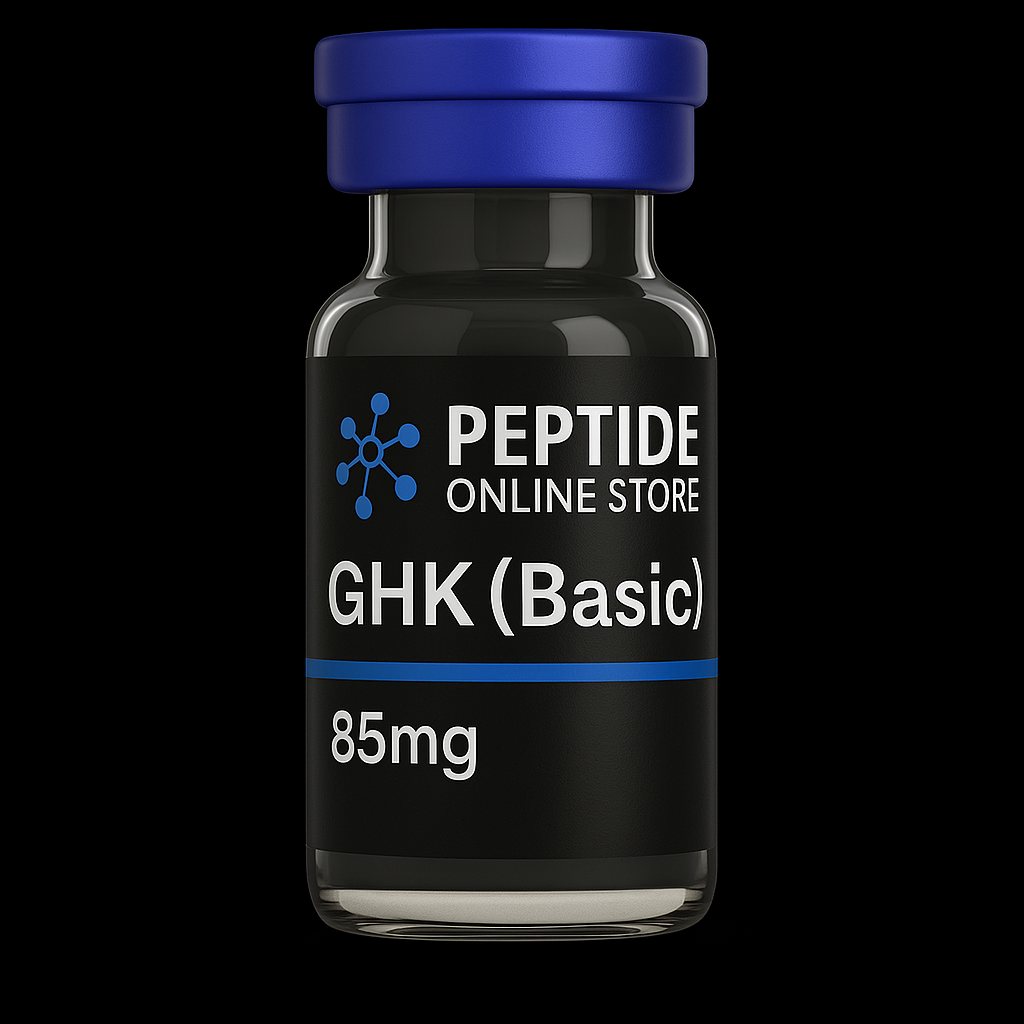
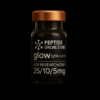
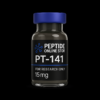
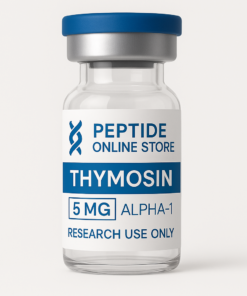


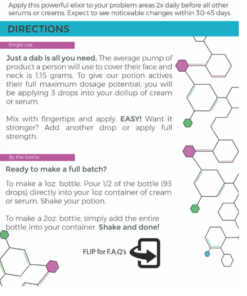
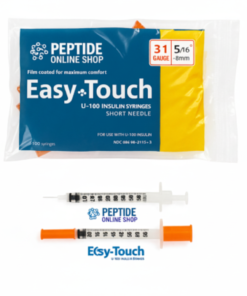

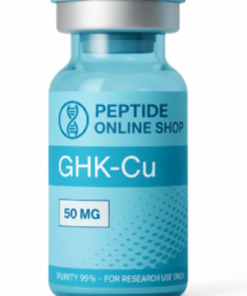

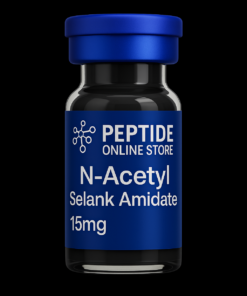
Reviews
There are no reviews yet.